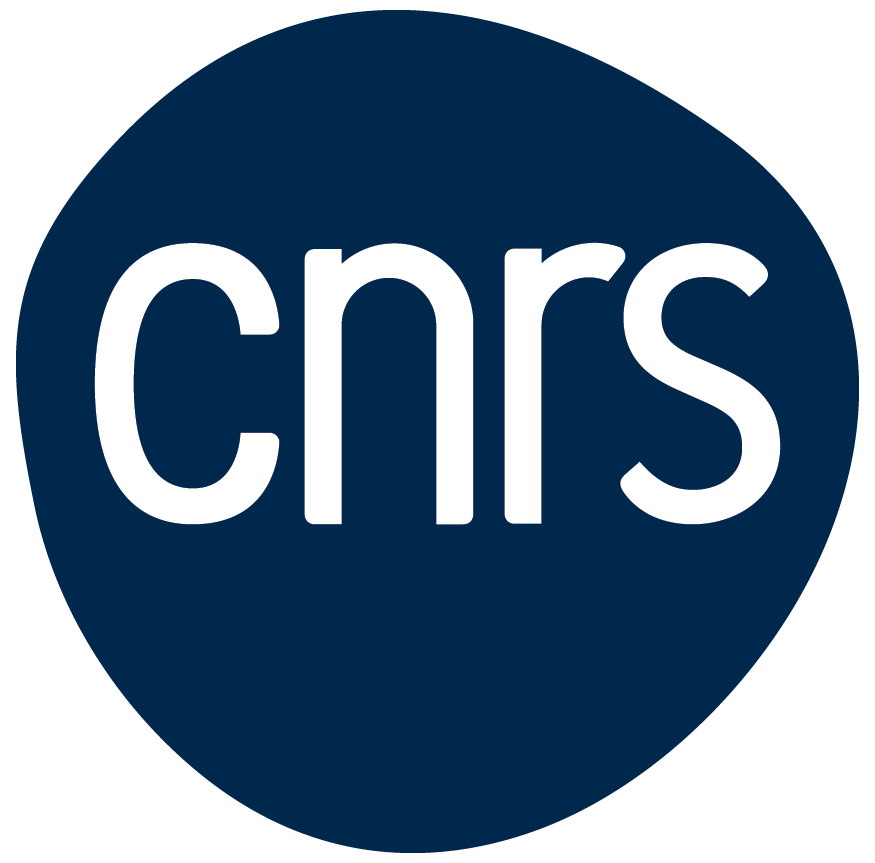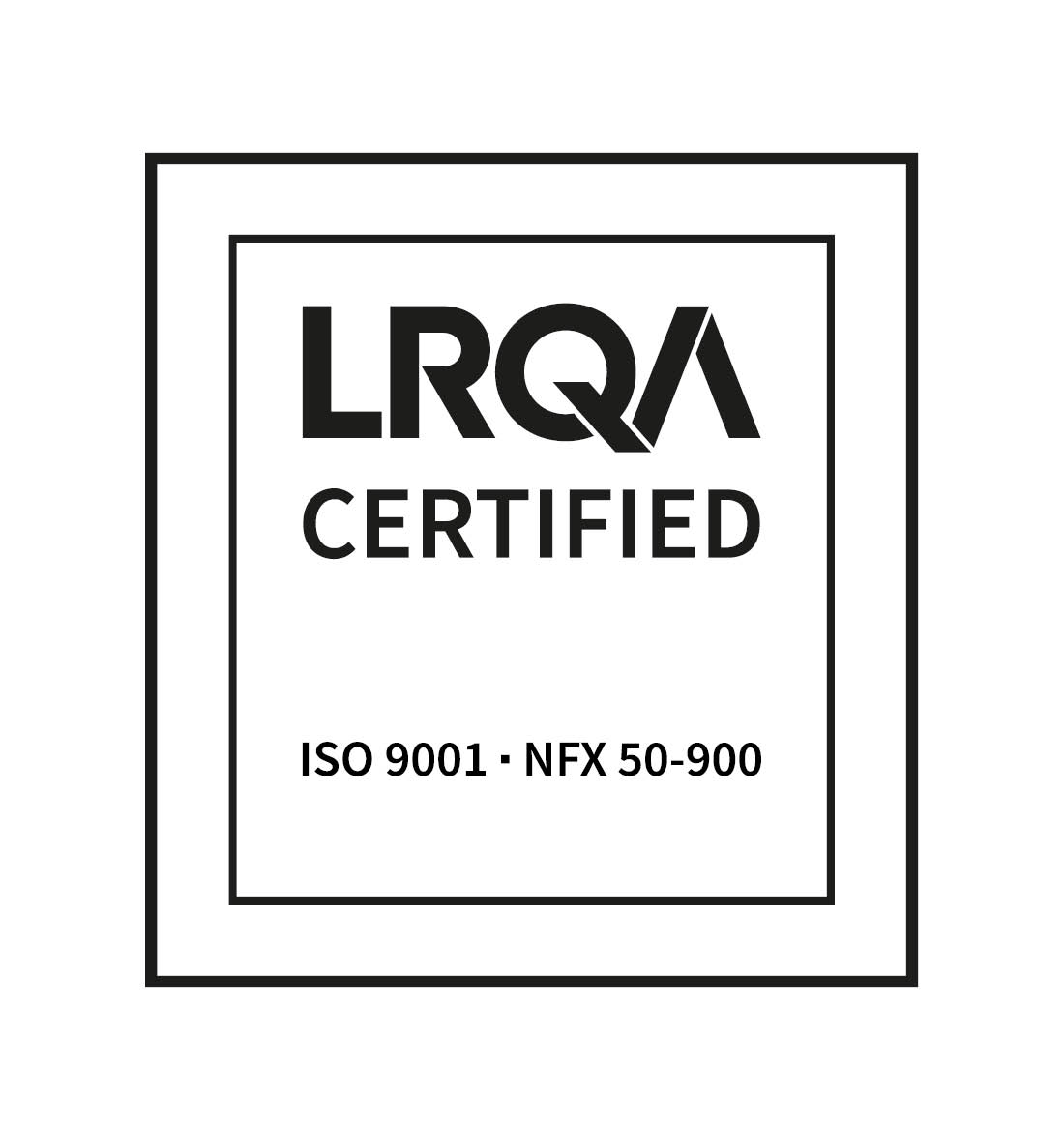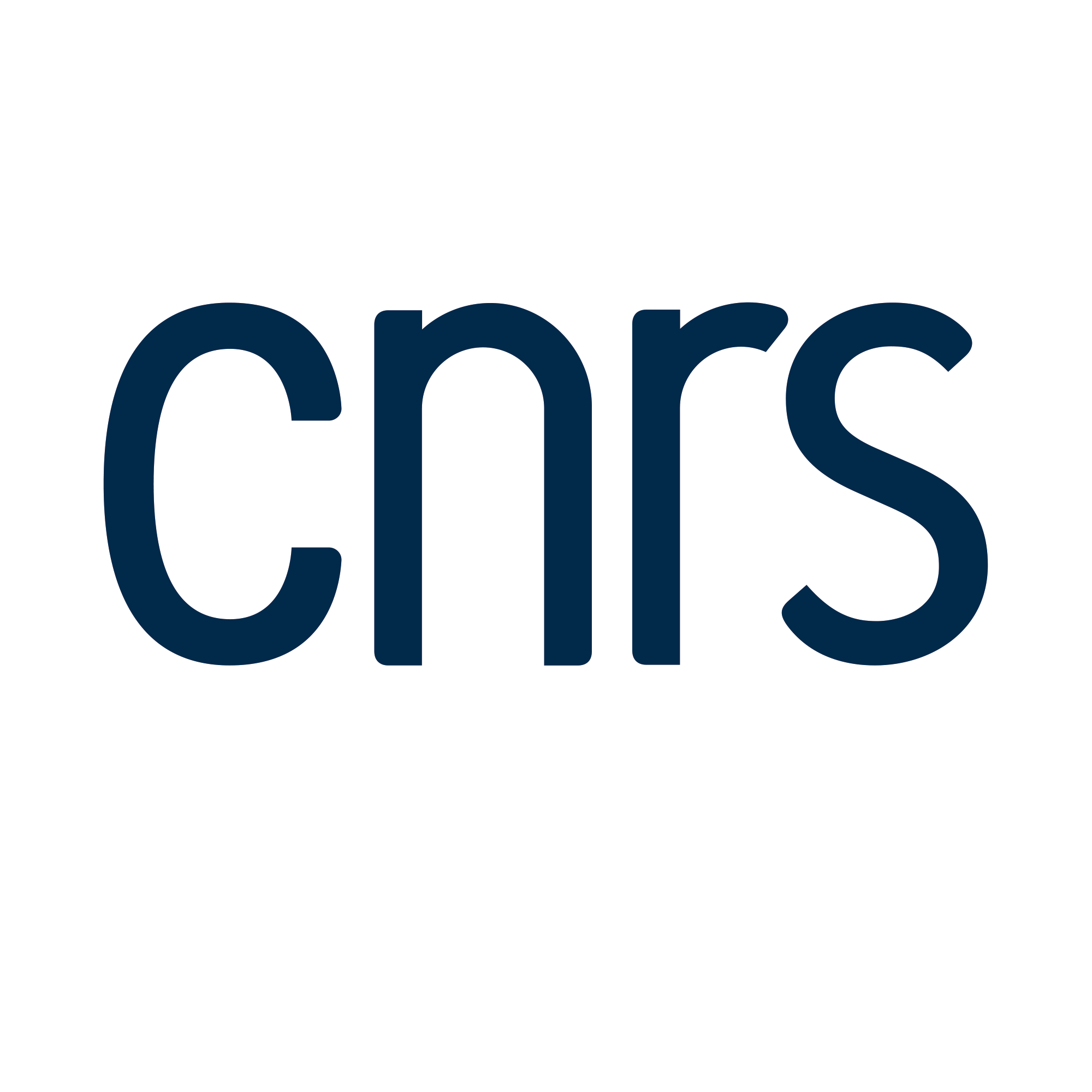For all daily procedures, from changing cages to surgical operations, the PHENOMIN teams respect good veterinary practices. Our permanent staff receives continuous training to maintain high level skills and new recruits are trained by means of a tutoring system. We also use various tools which are available on the web:
- http://www.procedureswithcare.org.uk/administration-of-substances/
- http://research.utsa.edu/research-funding/laboratory-animal-resources-center/training/
- https://norecopa.no/films-and-slide-shows/mouse
- https://www.nc3rs.org.uk/mouse-handling-tutorial
Harmful phenotypes and welfare assessment
PHENOMIN creates lines of genetically modified mice and rats in its platforms. In this context, we have developed standardised tools to assess the phenotypes of lines which have been newly created in our housing conditions. Our animals travel with their welfare assessment when they are transferred between PHENOMIN institutes or when they are distributed over the world.
The tools used by the PHENOMIN teams have been designed according to the recommendations laid down by the Working Group of European Experts on assessment of severity.
Welfare is assessed at different ages, in particular at early stages, in order to evaluate all neonatal mortality (https://www.nc3rs.org.uk/it-starts-very-beginning-importance-neonate-assessment, and during the ageing process, since age has a huge impact on animal studies (https://www.nc3rs.org.uk/impact-rodent-age-study-outcome).
Pain measurement
In order to respect the animals’ welfare and to avoid any unnecessary pain and suffering, the PHENOMIN teams use scoring systems to monitor ethical boundary points.
For example, PHENOMIN and its ethics committee have developed a scoring sheet for pain based on various criteria such as appearance and behaviour (body score assessment : https://www.researchgate.net/publication/229438758).
The Mouse Grimace Scale is also widely used in our installations to provide a quick check on the animals’ health.
Continuous training, e-learning, specific training courses
PHENOMIN proposes various specific training courses to help research teams acquire new skills: breeding, imaging, phenotyping…. as is done regularly on PHENOMIN sites.
Useful links


